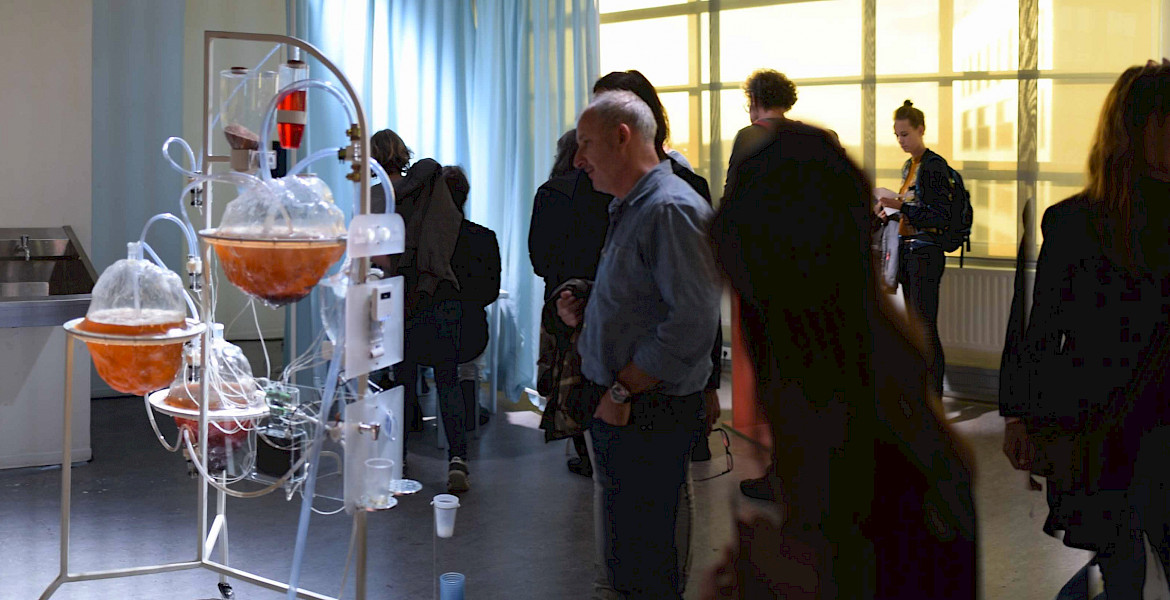About
Modeling plays an important role in architecture and integration and testing of Cyber Physical Systems (CPS), because they provide answers to the questions about the structure of the decomposition, and thus about architecture and integration. Embedded software models describe system behavior in terms of events and states. Various types of models are based on abstraction levels and modeling aspects.
Therefore the research group focuses on answering the question: how to model behavior of autonomous robots? Especially focusing on modeling for efficient use by practitioners, as well as finding a trade-off between simulation and verification.
If we view modeling as a way to define system behavior, then also the question arises for smart systems whether and how these systems can learn their behavior. Artificial intelligence, i.e. machine learning, has therefore impact on the development of intelligent systems. Our focus is on engineering machine learning in the context of embedded software/CPS. In this perspective we focus on the trade-offs between modeling and (AI)learning.
Our research interest is on modeling with behavior trees, because they are a promising approach to model autonomous behavior in dynamic environments. Behavior trees represent action selection decisions as a tree of decision nodes. The hierarchy of decision nodes provides the planning of actions of the robot. Behavior trees enable flexible planning and replanning of robot behavior while supporting better maintainable decision taking.
Modeling autonomous robot behavior is done for human-robot cooperation (Close Encounter project, ROAZ-project) as well as on robot-robot cooperation (Robocup MSL, Durable case project, Smart Tactical Robots). Human-robot collaboration allows for better working conditions of people and the involvement of people with a disability in a variety of industrial and servicing processes. The collaboration requires the alignment of human and the robot activities. Human activities should connect with, but also complement, the planned robot actions. Because of the unpredictable nature of the environment. Modeling is required for robust and interactive human-robot cooperation.
N.B. modeling and simulation has a link to the research topic of digital twinning.












